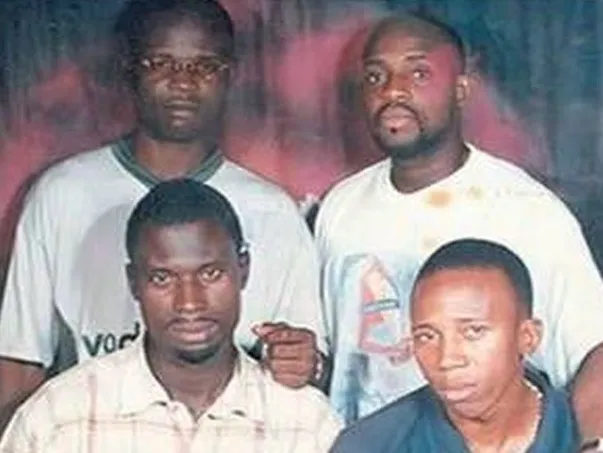After President Ibrahim Babangida declared the June 12, 1993 presidential election—which had elected M.K—void, the call for democracy became louder. Winning candidate O Abiola.
Due to “electoral irregularities,” Babangida declared the election invalid. Before leaving office on August 26th, 1993, he established an interim administration to manage the handover of power to a democratically elected administration.
Abiola and his supporters opposed the Earnest Shonekan-led Interim National Government because it had no intention of handing over power to Abiola.
The hijacking of a Nigerian Airways airbus A310 by four Nigerian teenagers was one of many pro-democracy protests that the Interim National Government saw during its brief stay in the country.
What took place.

On October 25, 1993, four Nigerian teenagers claiming to be members of the Movement for the Advancement of Democracy (MAD) took control of a domestic Nigerian Airways airbus that was scheduled to travel from Lagos to Abuja. The teenagers—Kabir Adenuga, Kenny Rasaq-Lawal, Benneth Oluwadaisi, and Richard Ogunderu—shrewdly smuggled toy guns onto the aircraft and started their operation mid-flight.
There were 159 passengers on the hijacked Airbus 310, according to reports. The boys sprang into action as soon as the plane ascended to about 30,000 feet above sea level. One of them made an announcement once they were inside the cockpit.
“Ladies and gentlemen, the Movement for the Advancement of Democracy has taken control of this aircraft; calm down; we won’t hurt you.”. Where the plane will land will be communicated to you. “.
The Lagos-Abuja flight was originally supposed to be diverted to Frankfurt, Germany, but after the pilots insisted there wasn’t enough fuel to get there, they decided to land in Niamey, the capital of the Niger Republic. The aircraft attempted to land in Ndjamena, Chad, to refuel but was denied permission; as a result, it was diverted to Niamey.
The incident’s four hijackers, including Richard Ogunderu, recounted it in 2009; he recalled that “the air hostesses were almost stone-dead, gripped by fear.”. We desired a shift. Our behavior demonstrated that when a system is inhumane, it can bring out the worst in all of us. “.
He continued,
“The others followed me after I entered the cockpit and took control of the process. Two of us remained in the back to threaten the travelers. We took control of the aircraft and instructed the pilot to fly to another nation. ”.
The young hijackers gave as their justifications for the hijacking the need to restore democracy and the need to hold the June 12 election as planned. They also demanded the dissolution of the current interim government, which they referred to as “illegal,” and the freedom of the press in Nigeria.

Upon his release from prison, Richard Ogunderu met the late Pa Anthony Enahoro.
They divided men from women and government officials from regular citizens during the operation. When they arrived in the Niger Republic, they released 34 hostages. According to Souley Abdouleye, then-minister of transportation for Niger, Vice President Rong Yiren of China was among those set free. Six crew members and representatives of the Nigerian government, according to the Interior Ministry, were among those detained.
The hijackers also threatened to blow up the plane carrying the hostages if the Nigerian government did not comply with their demands within 72 hours. Nigeria is regarded as a safe haven for aviation, so local and international media outlets were astounded that such an incident could occur there.
A Saving.
Before the military stormed the building, the four teenagers controlled the plane for three days. The hostages were freed on October 28th, 1993, after Nigerian authorities ordered the aircraft to be stormed. One person (a crew member) died and five people—including Richard Ogunderu, one of the four hijackers who were apprehended—were hurt during the rescue operation. They were handcuffed and led away to prison with their arms shackled on their backs.
Inside the prison in Niamey, Richard and a coworker.
One of the four hijackers, Lawal, claimed that they were taken to a prison in a place where the daytime temperature hovered around 55 degrees centigrade. “Our meals were subpar. Nobody spoke English to us, and neither could we speak Hausa or French. “.
Without any family contact, the hijackers were imprisoned in Niamey for nine years and four months. Later, in 2002, they were released.
.

